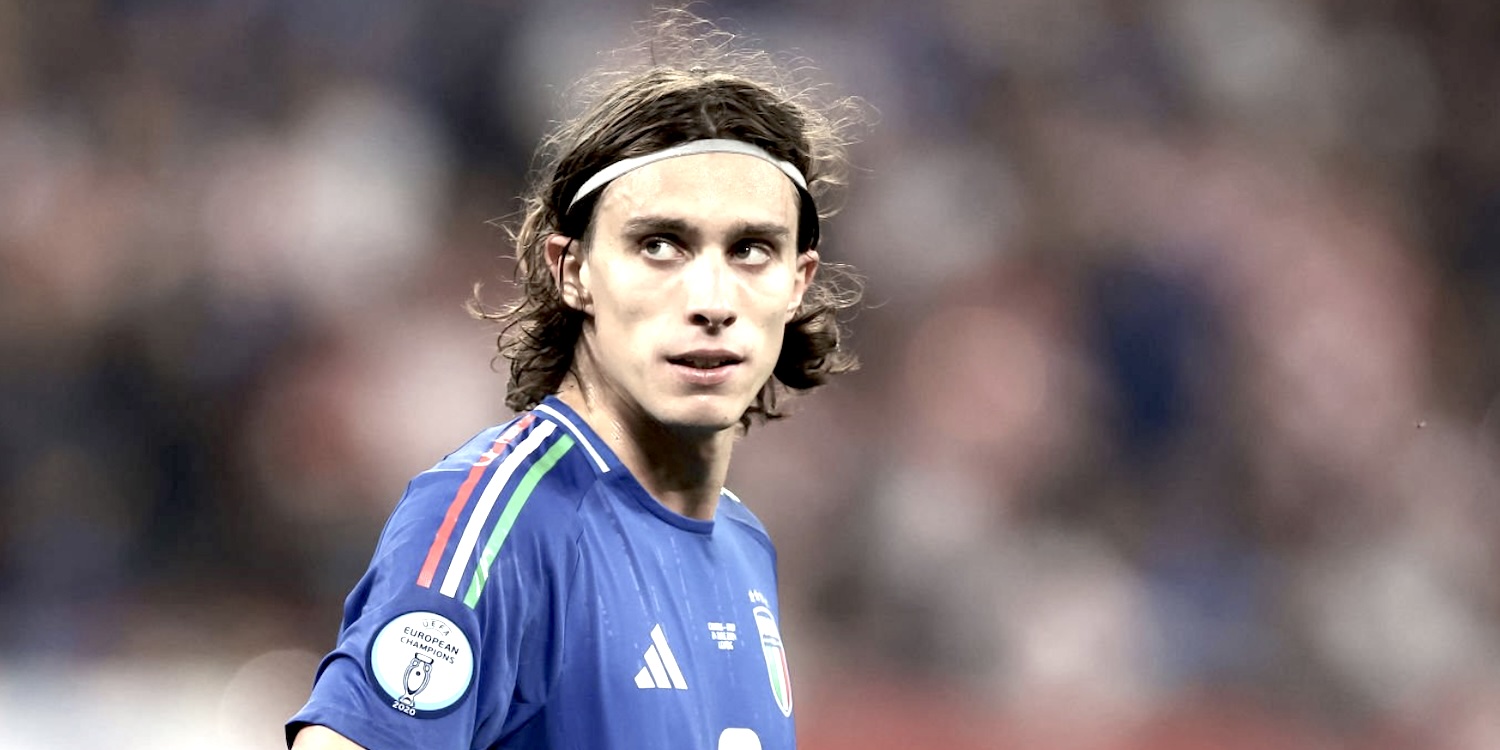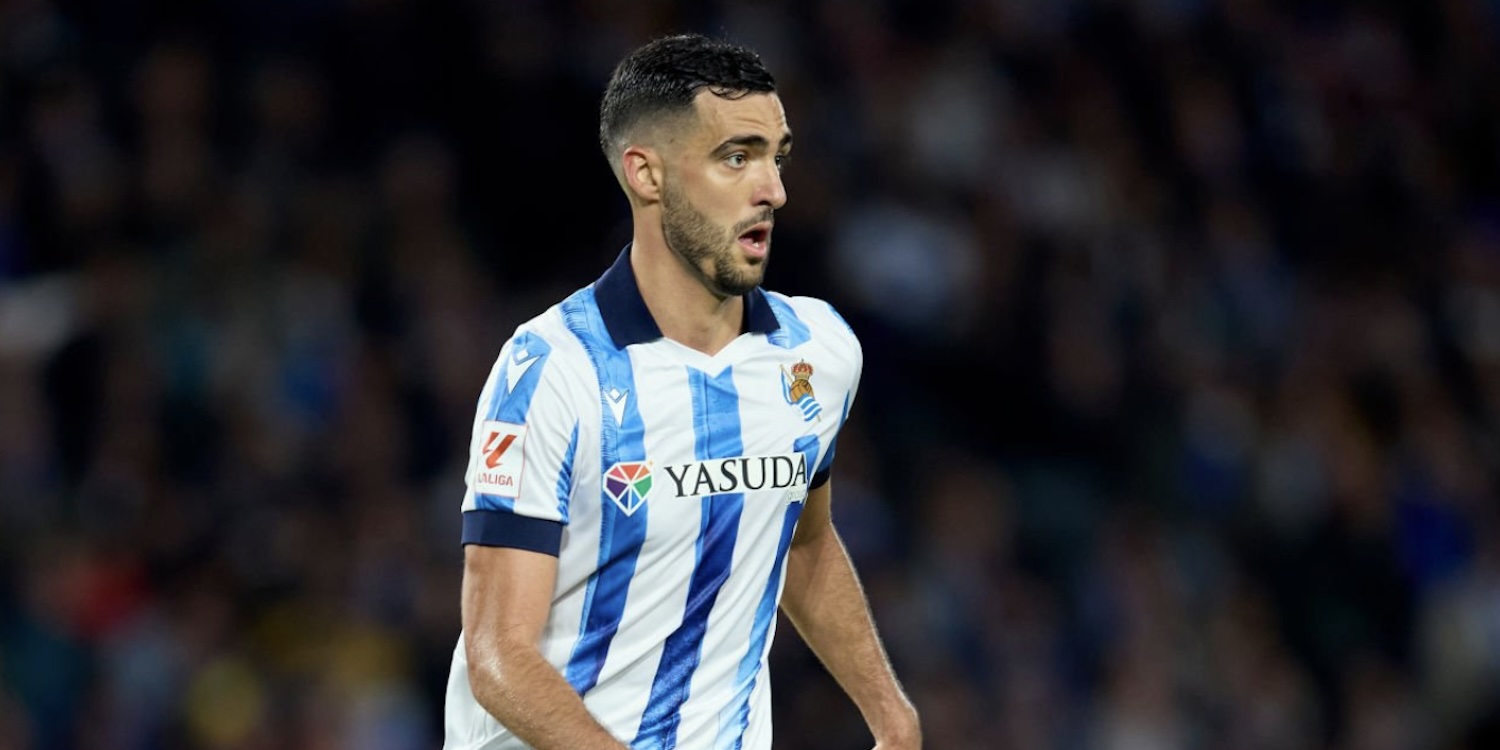Different Faces
Chief among Mikel Arteta’s early realisations as Arsenal coach was that Granit Xhaka was not a deep lying playmaker. When Xhaka was signed in 2016, Arsene Wenger seemed to struggle to define the player, first describing him as a ‘box to box’ player, before situating him at the base of the Arsenal midfield. Xhaka, somewhat […] The post Different Faces appeared first on Arseblog ... an Arsenal blog.


Chief among Mikel Arteta’s early realisations as Arsenal coach was that Granit Xhaka was not a deep lying playmaker. When Xhaka was signed in 2016, Arsene Wenger seemed to struggle to define the player, first describing him as a ‘box to box’ player, before situating him at the base of the Arsenal midfield. Xhaka, somewhat confusingly, described himself as ‘a false 10.’
Wenger’s first instinct about Xhaka proved to be correct. He was more of a shuffler, who preferred to run in straight lines. He was not quick but very durable, an endurance athlete. While he was a talented distributor, playing him at the base of the midfield exposed his athletic shortcomings in large spaces, hence the errors and the yellow and red cards over the years.

Arteta instantly saw Xhaka as more of a ‘left eight’ than a deep lying playmaker. That’s why Thomas Partey was one of Arteta’s first big money signings. A couple of weeks ago, I wrote about how Declan Rice ought to be considered more a Xhaka replacement than a Partey or Jorginho heir (though he is clearly a different player to Xhaka).
Rice is a good passer of the ball; but he probably isn’t quite good enough to be a primary distributor and I think England’s Euro 2024 tournament illustrated the same point. Within that article, I also wrote about how Rice’s preference for the left side had pretty much ended Zinchenko’s primacy in the team. The two like to operate in similar spaces, albeit in very different ways.
I have to say I suspected that Arsenal would prioritise a ‘young Jorginho’ in the transfer market this summer to complement Rice. Perhaps that is still in the plan but depends on Thomas Partey being sold first. Yet interestingly, the two central midfielders Arsenal have been credibly linked with so far this summer, Mikel Merino and Amadou Onana, are not in this mould at all.

In fact, both are excellent at winning duels (Mikel Arteta gets very upset, etc, etc) and profile much more closely to Rice than Jorginho or Partey. It could be that Arteta is keen on some solid back-up to Rice. Last season, Arsenal were able to count on the likes of Saliba, Gabriel, Odegaard, Saka, Havertz, White and Rice remaining fit for pretty much the entire campaign.
It looks to me as though Arteta does not want to take anything for granted there. White, Saliba and Gabriel played the majority of games last season and are firmly entrenched as part of Arsenal’s core, but even with the return of Jurrien Timber and a new contract for Takehiro Tomiyasu, that hasn’t stopped Arteta from adding Riccardo Calafiori to his defensive arsenal.
Calafiori can play as a left-sided centre-half and a left-back, which means that he joins White, Timber, Kiwior and Tomiyasu in being able to play centrally or on the exterior of the defence. I would anticipate that the back four might take on a more fluid look next season with greater rotation in the full-back areas.

Arsenal also have more dedicated cover at centre-half too in case one (or heaven forbid, both) of Salibriel are unavailable or in need of a breather. Last season saw Arsenal assume an elite defensive aura; they could do with adding another attacker in my view so that the front three has a lot of the same properties as the back four.
But my primary curiosity is around ball progression. When Arteta adds defenders to his squad, he is thinking just as much about ball progression as he is orthodox defending. With Rice in the midfield and Zinchenko no longer preferred at left-back (and Calafiori’s arrival surely relegates Zinchenko further), how Arsenal build play will be fascinating.
I suspect that Arteta wants to build a few different constructs for this. At the end of last season, we saw the ‘midfield box that fans out into a diamond’ that I have written about many times during the summer. That relies on Rice having either one of Partey or Jorginho next to him to sit at the base of the midfield when he starts relay running in the left channel and hunting out loose balls.
I am sceptical that Arsenal can or should rely on even a combination of Partey and Jorginho for next season and suspect that Arteta doesn’t see that as Plan A either. Links to Merino and Onana hint at Arsenal moving to more of an orthodox midfield double pivot, with Rice + 1 taking turns to maraud up the pitch to build unpredictability and, perhaps, save Rice’s legs in-game so that he doesn’t have to run 60+ marathons a season.
Arsenal are interested in Mikel Merino. So, how would he fit into their team?
@jj_bull pic.twitter.com/rDFzKzqJ3H
— The Athletic | Football (@TheAthleticFC) July 19, 2024
I certainly don’t think we have seen the last of Havertz in the ‘left eight’ role either. A midfield double pivot of Rice and Merino would lack a primary distributor and, in the video above, JJ Bull from Tifo Football suggests that Arsenal could prioritise building play in wider positions with higher full-backs, which could explain why Arteta pushed so hard to get Calafiori.
It could be that, on occasion, Rice is asked to use his energy and monstrous stride to cover the left-back position while the left-back joins in with the attack. Art de Roche from The Athletic wrote a good piece on Jurrien Timber (£) earlier this summer and what really interested me here were the really advanced, aggressive off-ball positions Timber adopts from full-back, often finding himself as part of the front line.
That isn’t totally alien in this Arsenal side, of course. We saw Tomiyasu adopt some of those aggressive positions during his time at left-back. For Martinelli’s winner against Manchester City in October, Tomiyasu is positioned like a target man striker and look at where he pops up for the final day equaliser against Everton.
Calafiori is a player who often finds himself in very advanced positions where you might ordinarily see a forward (I recommend Billy Carpenter’s incredibly thorough profile on Calafiori here). The way Calafiori strode away from the defence with the ball at his feet was a notable part of his performances for Italy at the Euros this summer.
NEW for Patrons
Scouting Riccardo Calafiori– The next Rolls Royce? https://t.co/LRxxVjuaqx@YankeeGunner @clivepafc
Audio and Video versions
25 min pod on the best squad building this summer
40 min watching Calafiori look absolute amazing
— ArsenalVision Podcast (@ArsenalVPodcast) July 9, 2024
In short, I think the intention is that ‘the back section’ of the Arsenal team does a lot of different things next season and I am not entirely sure yet what they are. Arteta has shown an ability to make unforeseen tactical adjustments to his team and part of the fun of an Arsenal transfer window now is trying to second guess the manager’s thinking about how new players fit in. We still don’t fully know that about Jurrien Timber yet.

I have seen some people ask whether Zinchenko might move into midfield full-time, a position he often drifts into anyway. I have to say I have my doubts. Firstly, Arteta has never shown a willingness to do this before. I think Zinchenko is very suited to that ‘freelance’ role where he evades opposition detection by filling spaces, receiving the ball, moving it on before making himself available again.
He has been a release valve for Arsenal, moving from left-back into empty spaces. I think being in already crowded midfield positions as a starting point probably suits him less and he might be too easily turned back towards his own goal. But who knows? Arteta’s flair for tactical adjustment and his desire for unpredictability means we will likely see Arsenal adopt different faces for different challenges.
The post Different Faces appeared first on Arseblog ... an Arsenal blog.








